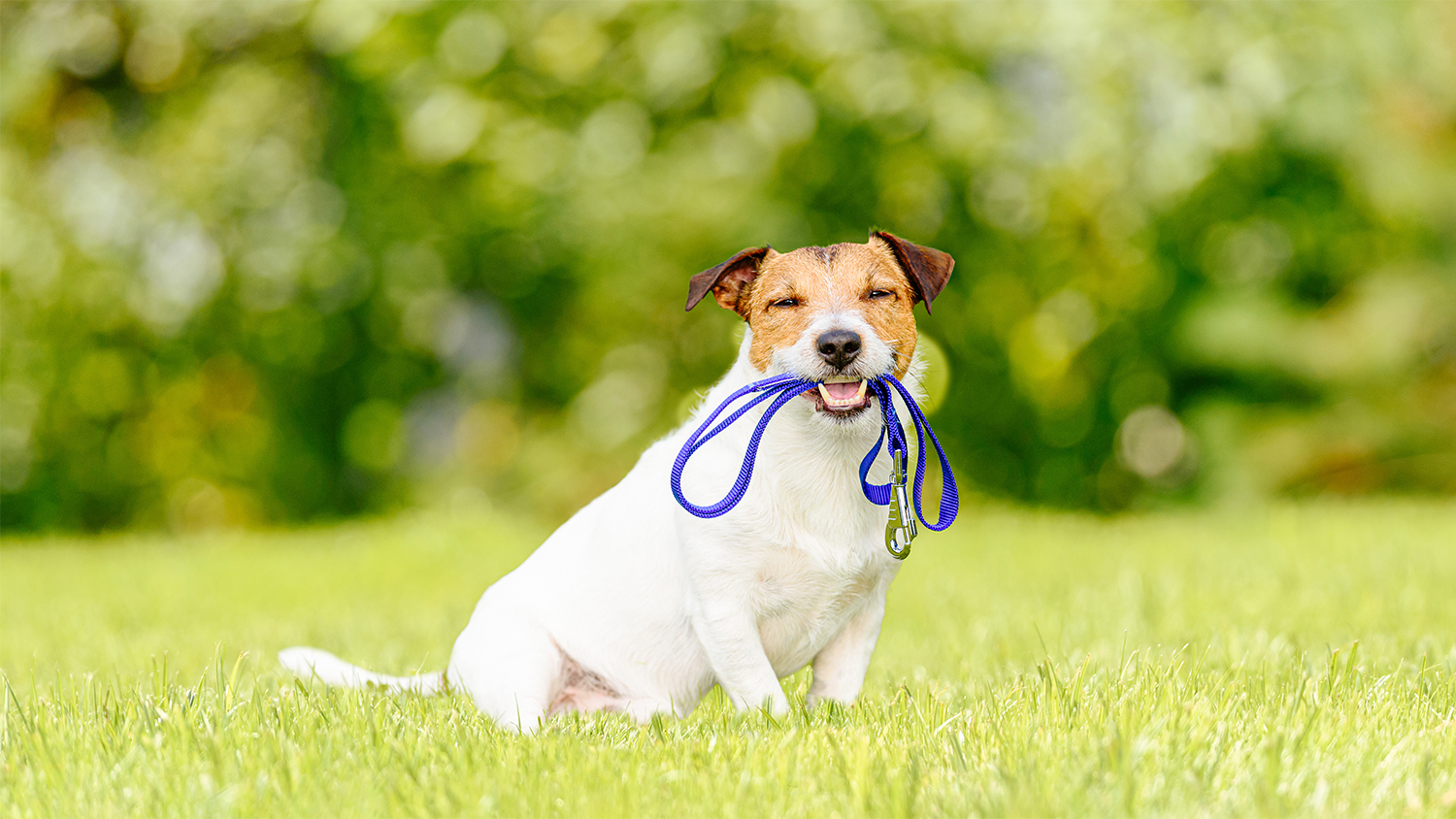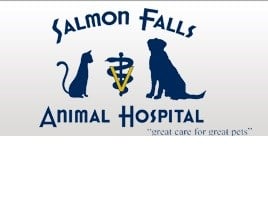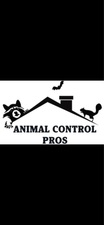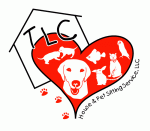
Get matched with top animal fencing pros in Raymond, ME
Enter your zip and get matched with up to 5 pros
Need a pro for your animal fencing service project in Raymond, ME?
Verified Reviews for Animal Fencing Service pros in Raymond, ME
*The Angi rating for Animal Fencing Service companies in Raymond, ME is a rating based on verified reviews from our community of homeowners who have used these pros to meet their Animal Fencing Service needs.
*The HomeAdvisor rating for Animal Fencing Service companies in Raymond, ME is a rating based on verified reviews from our community of homeowners who have used these pros to meet their Animal Fencing Service needs.
Last update on December 08, 2025
Find Animal fencing pros in Raymond

Splatter Paint and Home Improvement services
Splatter Paint and Home Improvement services
Our business has more than 25 years of exterior and interior painting experience,we also offer just about any handyman project you need built, repaired or can dream up. We also offer cleaning services from in home to production level. There is honestly very little we can't do for you,so gives us a chance. It's a decision you won't regret! Free estimate
Our business has more than 25 years of exterior and interior painting experience,we also offer just about any handyman project you need built, repaired or can dream up. We also offer cleaning services from in home to production level. There is honestly very little we can't do for you,so gives us a chance. It's a decision you won't regret! Free estimate
EZ Pet Care Solutions
EZ Pet Care Solutions
Amazing DOG PRODUCTS From our family to yours, we Provide Products That Will Make Daily Life For Both Human & Canine EZier! All Products are located here within the USA! SPECIALTY NEEDS (dog wheelchairs, dog lifts), DAILY NEEDS (bowls, collars, clothes, grooming supplies), RECREATIONAL NEEDS (Hiking, biking, camping, hunting, boating, vacation, travel), SAFETY NEEDS, & FUN! 10% OFF YOUR ORDER: CODE DOG10 (any order over $25)
Amazing DOG PRODUCTS From our family to yours, we Provide Products That Will Make Daily Life For Both Human & Canine EZier! All Products are located here within the USA! SPECIALTY NEEDS (dog wheelchairs, dog lifts), DAILY NEEDS (bowls, collars, clothes, grooming supplies), RECREATIONAL NEEDS (Hiking, biking, camping, hunting, boating, vacation, travel), SAFETY NEEDS, & FUN! 10% OFF YOUR ORDER: CODE DOG10 (any order over $25)

Integrity Home Improvement
Integrity Home Improvement
Integrity Home Improvement is an A plus Rated sole proprietorship. We accept Credit Cards, Cash and checks.
Integrity Home Improvement is an A plus Rated sole proprietorship. We accept Credit Cards, Cash and checks.
C.P. Landscaping LLC
C.P. Landscaping LLC
My company slogan is MY BUSINESS IS MAKING YOURS LOOK GOOD! And we stand by it!
My company slogan is MY BUSINESS IS MAKING YOURS LOOK GOOD! And we stand by it!
FORBES PROPERTY MANAGEMENT INC
FORBES PROPERTY MANAGEMENT INC
Family owned and operated, Forbes Property Management Services has been servicing residential and commercial properties in North Conway and the surrounding area since 1975.
Family owned and operated, Forbes Property Management Services has been servicing residential and commercial properties in North Conway and the surrounding area since 1975.
Mike's Carpet Care
Mike's Carpet Care
Mikes Carpet has been proudly serving the greater coastal and southern Maine area since 1986. Mike's Carpet Care specializes in residential and commercial. We use state of the art equipment. All work is guaranteed and the owner is always on the job. Call today for a free quote.
Mikes Carpet has been proudly serving the greater coastal and southern Maine area since 1986. Mike's Carpet Care specializes in residential and commercial. We use state of the art equipment. All work is guaranteed and the owner is always on the job. Call today for a free quote.
HandyMaine
HandyMaine
I am a provider of all types of Handyman and Home Services to Homeowners and Businesses in York & Cumberland Counties. I also am skilled in Computer and Web related services such as Graphics, Website Creation, Computer Help, Small Business Web Help, SEO, Wireless Network (Wi-Fi) setup, and other computer and Internet related services.
I am a provider of all types of Handyman and Home Services to Homeowners and Businesses in York & Cumberland Counties. I also am skilled in Computer and Web related services such as Graphics, Website Creation, Computer Help, Small Business Web Help, SEO, Wireless Network (Wi-Fi) setup, and other computer and Internet related services.
Handyman Services Of Maine
Handyman Services Of Maine
We are a small, hands on company that caters to the needs of the homeowner from Rot repair to remodeling to window and door replacement to decks and fences and more.
We are a small, hands on company that caters to the needs of the homeowner from Rot repair to remodeling to window and door replacement to decks and fences and more.
Brent Harlow Designer/Builder
Brent Harlow Designer/Builder
From foundation to finish and anything that's in between. Exceptional communication with home owner weather simple or complex. If you want someone to personally help with your projects I would like the opportunity. Thank you
From foundation to finish and anything that's in between. Exceptional communication with home owner weather simple or complex. If you want someone to personally help with your projects I would like the opportunity. Thank you
The Raymond, ME homeowners’ guide to animal fencing services
From average costs to expert advice, get all the answers you need to get your job done.
 •
•Find out the invisible fence installation cost. Learn about average prices, key cost factors, and tips to save on your pet’s safety solution.

Pipe fencing is an extremely strong, durable option for containing horses and other livestock. This guide breaks down the factors that affect pipe fence cost.

There are many dog fence options, from tall privacy fencing to wireless underground electric fences. Here's how much it costs to install a dog fence.

Keep your pet safe and secure by learning how to locate and fix breaks in an invisible dog fence with these step-by-step tips.

Frustrated by the neighborhood dogs continually sniffing around your garden? Check out these ideas for humane and handy dog repellents for lawns.

An invisible fence helps keep your pets safe without building a traditional fence. Ask a contractor these electronic pet fence installation questions before hiring.
- South Casco, ME Animal fencing pros
- Gray, ME Animal fencing pros
- Casco, ME Animal fencing pros
- New Gloucester, ME Animal fencing pros
- Naples, ME Animal fencing pros
- Poland, ME Animal fencing pros
- Sebago, ME Animal fencing pros
- Windham, ME Animal fencing pros
- Minot, ME Animal fencing pros
- North Yarmouth, ME Animal fencing pros
- Pownal, ME Animal fencing pros
- Cumberland, ME Animal fencing pros
- Standish, ME Animal fencing pros
- Oxford, ME Animal fencing pros
- Otisfield, ME Animal fencing pros
- Mechanic Falls, ME Animal fencing pros
- Falmouth, ME Animal fencing pros
- Baldwin, ME Animal fencing pros
- Durham, ME Animal fencing pros
- Gorham, ME Animal fencing pros
- Steep Falls, ME Animal fencing pros
- Yarmouth, ME Animal fencing pros
- Auburn, ME Animal fencing pros
- Westbrook, ME Animal fencing pros
- Bridgton, ME Animal fencing pros
- Harrison, ME Animal fencing pros
- Freeport, ME Animal fencing pros
- Limington, ME Animal fencing pros
- Lewiston, ME Animal fencing pros
- Bowdoin, ME Animal fencing pros



